Name Persi Diaconis | Role Mathematician | |
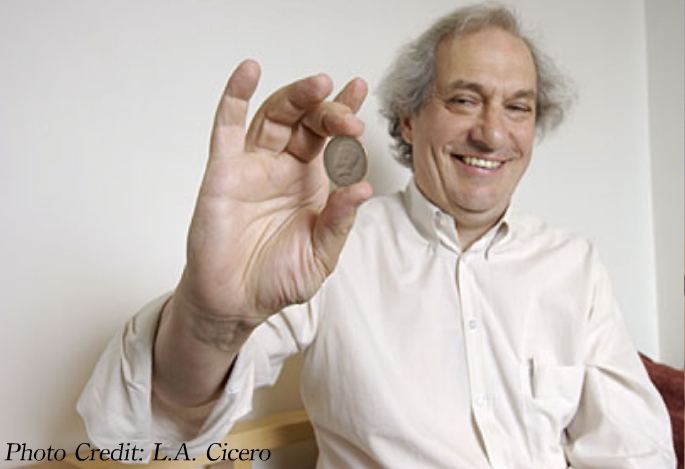 | ||
Institutions Harvard UniversityStanford University Doctoral students Sourav ChatterjeeIgor PakRobin PemantleEric RainsJeff RosenthalArif Zaman Books Magical Mathematics: The Mathematical Ideas That Animate Great Magic Tricks Awards Rollo Davidson Prize, MacArthur Fellowship Similar People Dave Bayer, Frederick Mosteller, Sourav Chatterjee, Andrew Dickson White, Gunnar Carlsson | ||
The search for randomness with persi diaconis
Persi Warren Diaconis (born January 31, 1945) is an American mathematician of Greek descent and former professional magician. He is the Mary V. Sunseri Professor of Statistics and Mathematics at Stanford University. He is particularly known for tackling mathematical problems involving randomness and randomization, such as coin flipping and shuffling playing cards.
Contents
- The search for randomness with persi diaconis
- Shuffling extra footage 1 3 persi diaconis
- Card shuffling
- Biography
- Recognition
- Works
- References
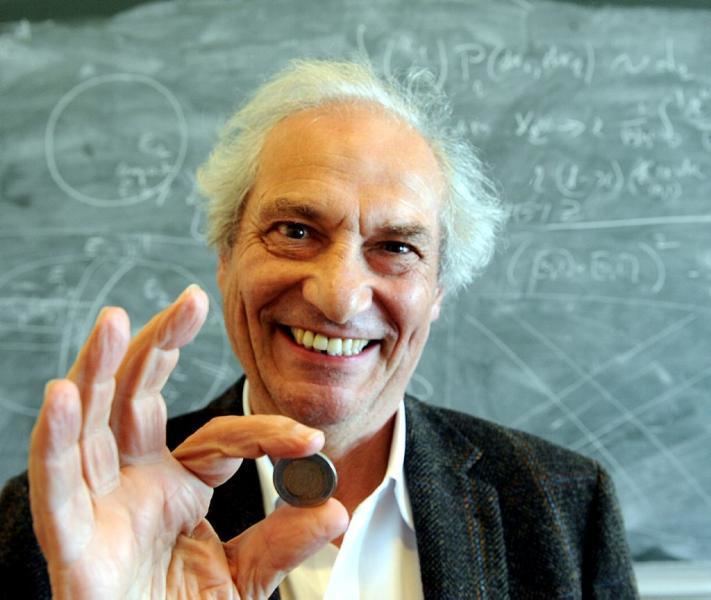
Shuffling extra footage 1 3 persi diaconis
Card shuffling
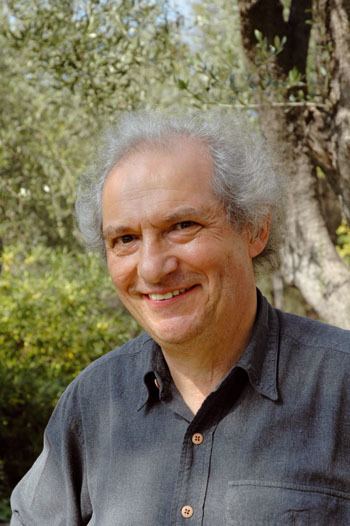
Professor Diaconis received a MacArthur Fellowship in 1982. In 1992, he published (with Dave Bayer) a paper entitled "Trailing the Dovetail Shuffle to Its Lair" (a term coined by magician Charles Jordan in the early 1900s) which established rigorous results on how many times a deck of playing cards must be riffle shuffled before it can be considered random according to the mathematical measure total variation distance. Diaconis is often cited for the simplified proposition that it takes seven shuffles to randomize a deck. More precisely, Diaconis showed that, in the Gilbert–Shannon–Reeds model of how likely it is that a riffle results in a particular riffle shuffle permutation, it takes 5 riffles before the total variation distance of a 52-card deck begins to drop significantly from the maximum value of 1.0, and 7 riffles before it drops below 0.5 very quickly (a threshold phenomenon), after which it is reduced by a factor of 2 every shuffle. Interestingly, when entropy is viewed as the probabilistic distance, riffle shuffling seems to take less time to mix, and the threshold phenomenon goes away (because the entropy function is subadditive).
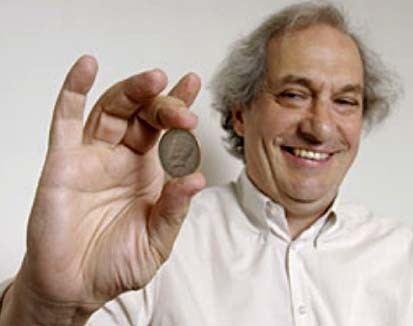
Diaconis has coauthored several more recent papers expanding on his 1992 results and relating the problem of shuffling cards to other problems in mathematics. Among other things, they showed that the separation distance of an ordered blackjack deck (that is, aces on top, followed by 2's, followed by 3's, etc.) drops below .5 after 7 shuffles. Separation distance is an upper bound for variation distance.
Biography
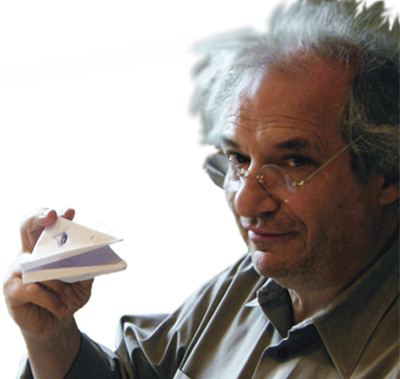
Diaconis left home at 14 to travel with sleight-of-hand legend Dai Vernon, and dropped out of high school, promising himself that he would return one day so that he could learn all of the math necessary to read William Feller's famous two-volume treatise on probability theory, An Introduction to Probability Theory and Its Applications. He returned to school (City College of New York for his undergraduate work graduating in 1971 and then a Ph.D. in Mathematical Statistics from Harvard University in 1974), learned to read Feller, and became a mathematical probabilist.
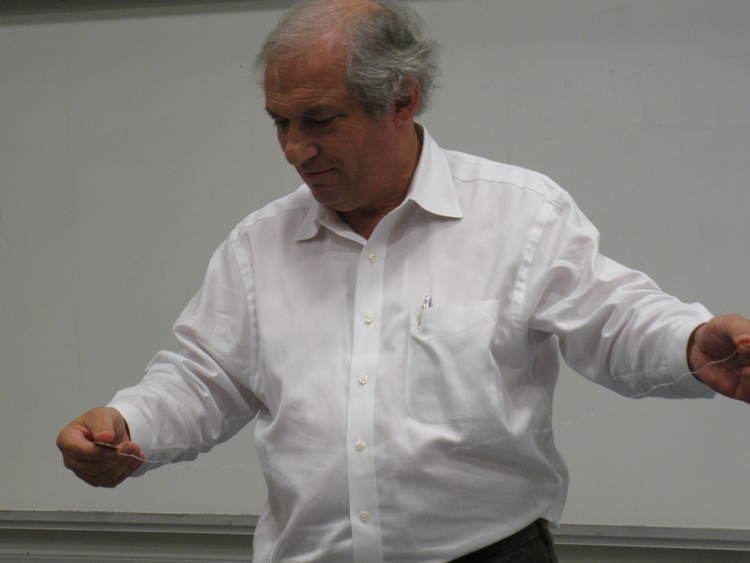
According to Martin Gardner, at school, Diaconis supported himself by playing poker on ships between New York and South America. Gardner recalls that Diaconis had "fantastic second deal and bottom deal".
Diaconis is married to Stanford statistics professor Susan Holmes.
